Weather in Osaka and Kyoto 2025: What to Wear Year-Round in Kansai

In western Japan, where cities like Kyoto, Osaka, Kobe, and Nara are located, the temperature changes greatly between day and night throughout the year. Learn more about the average temperatures for each month and the recommended outfits for each season.
Weather in Osaka, Kyoto, and the Kansai Region
Japan has a wide temperature range and different humidity levels, which can lead to variations in perceived temperature.
This article summarizes the local weather conditions in Osaka, Kyoto, Kobe, and the entire Kansai region, as well as suitable tips on what kind of clothing to pack for your trip.
The Kansai region consists of six prefectures: Osaka, Kyoto, Hyogo, Shiga, Nara, and Wakayama. This article uses Osaka's average temperature as a reference using data compiled by the Japan Meteorological Agency (JMA).
Osaka / Kyoto Weather by Season
Highest and Lowest Temperatures in Osaka
1. Spring: March through May
2. Summer: June through August
3. Autumn: September through November
4. Winter: December through February
Read also
Highest and Lowest Temperatures in Osaka
Hottest in August: Maximum Temperature 35.2℃
August brings the highest temperatures across Japan. Even with high humidity in Japan, it’s best to be fully prepared to get through extremely hot days while out and about. Portable fans or hand fans are very useful during this time.
Japanese girls often carry handkerchiefs, which can be tied around the neck to help lower body temperature.
Read also
Coldest in January: Minimum Temperature 3.1℃
January and February are the seasons most likely to see sudden snowfall. On average, Osaka's temperatures are higher than those in Tokyo.
However, most restaurants, shops, and public spaces like trains usually have heating, making it feel quite cold outside while very warm inside. It’s advisable to dress in "layers" (onion style).
If you plan to visit rural areas or places like Universal Studios, don’t forget to prepare additional items like heat packs (pocket warmers), hats, and other cold-weather gear.
The following are the highest, lowest, and average temperatures for each month. We've also added our recommended outfits for each season.
Spring in Osaka: March through May

Spring is synonymous with the cherry blossom season as pink-hued flowers bloom across the Kansai area and the rest of Japan.
The temperature changes dramatically during this period. Winter-like conditions might follow a sunny, warm day. The difference in temperature can vary as much as ten degrees in a single day.
Even if it's warm in the morning, the wind will be chilly at night so be sure to bring warm clothing.
Read also
March: Average of 13℃, High of 18.3℃, Low of 8.3℃

In March, the average temperature in Osaka remains around 13 degrees, and you can see people on the streets of Japan shedding their heavy winter coats for lighter long jackets.
However, for visitors who are not used to Japan’s weather, it’s still advisable to carry warm accessories like scarves and to consider combining loose pants with tights. Opt for tights with an 80D denier, which will provide warmth and keep the wind out.
For men, a relaxed long-sleeve top or a hoodie paired with a stylish leather jacket can balance casualness. If most of your day's itinerary is outdoors, bringing a warm scarf is a good idea; it can be used for yourself, and if your partner feels cold, you can wrap it around them too.
April: Average of 15.9℃, High of 20.9℃, Low of 11.6℃
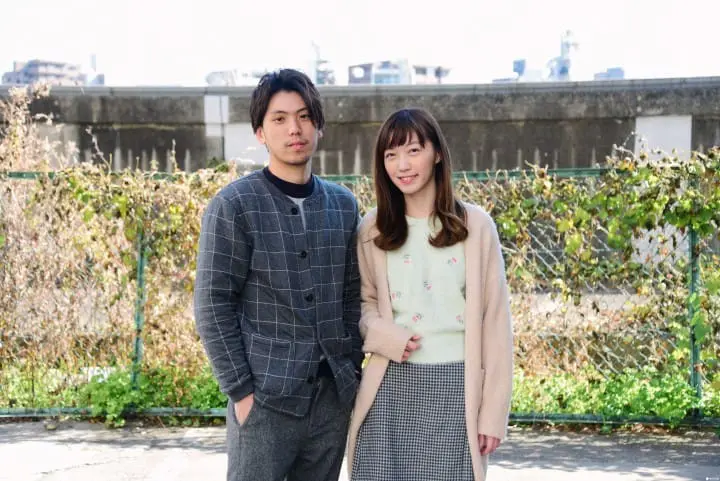
In April, the average temperature in Osaka rises by about 3 degrees, and girls start wearing vibrant spring outfits to welcome the cherry blossom season, often pairing them with classic houndstooth patterns and knee-length skirts to showcase their elegant flair.
Boys can opt for simple solid-colored long-sleeve tops paired with long pants in muted tones. They can also enhance their lively style by incorporating a uniquely designed jacket.
A simple long-sleeved pullover paired with dark-colored pants is also stylish. A jacket would also come in handy if the weather becomes chilly.
May: Average of 20℃, High of 24.9℃, Low of 15.9℃

With average temperatures around 20 degrees in May, the weather is pleasant and ideal for outdoor activities. It is recommended to wear three-quarter sleeve tops paired with comfortable and easy-to-move denim wide pants.
However, since we are still before the rainy season in June, it isn’t quite summer yet, and temperatures can occasionally drop suddenly. Therefore, it's a good idea to bring a lightweight jacket for unexpected needs.
For men, choosing bright colors that match the season is a great option. Pair these with well-cut, non-tight pants for more comfort while moving around. Additionally, preparing a light cardigan can help manage indoor air conditioning or cooler temperatures in the early morning and evening.
Read also
Summer in Osaka: June through August

June marks the start of the rainy season in Japan and humidity will rise, but temperatures will also be relatively cooler. Those planning to travel to Osaka, Kyoto, and the Kansai region are advised to include indoor attractions suitable for rainy days in their itinerary.
Once the rainy season passes, temperatures will rise, ushering in Japan's hottest and most humid season. This is especially true for Kyoto, which has a basin topography, making it more sweltering compared to surrounding cities.
Those who enjoy wearing yukatas or kimonos on the streets of Kyoto should be well-prepared to prevent heat exhaustion.
Read also
June: Average of 23.8℃, High of 27.8℃, Low of 20.4℃

The weather changes continuously during June, which coincides with the annual rainy season. While the temperature is on the rise, there will be a few cool days. Visitors should head to indoor facilities during this wet period.
Those planning to visit Universal Studios Japan® (USJ) should bring a raincoat instead of carrying around an umbrella for better mobility.
After the rainy season ends, the temperature will continue to increase and herald in the hot (and humid) season.
The temperature and humidity of Kyoto, located at the bottom of a basin, will be more intense than other cities. Watch out for heat stroke if you plan on walking around Kyoto in a yukata.
Read also
The Rainy Season in Osaka
Osaka typically experiences the rainy season slightly earlier than Tokyo, usually from around June 7 to July 21, lasting about one to one and a half months.
During the rainy season, temperature variations can be significant, so it's important to keep an eye on the weather changes. Once the rainy season ends, temperatures will rise sharply, officially marking the arrival of hot summer days.
July: Average of 28.9℃, High of 33.7℃, Low of 25.6℃
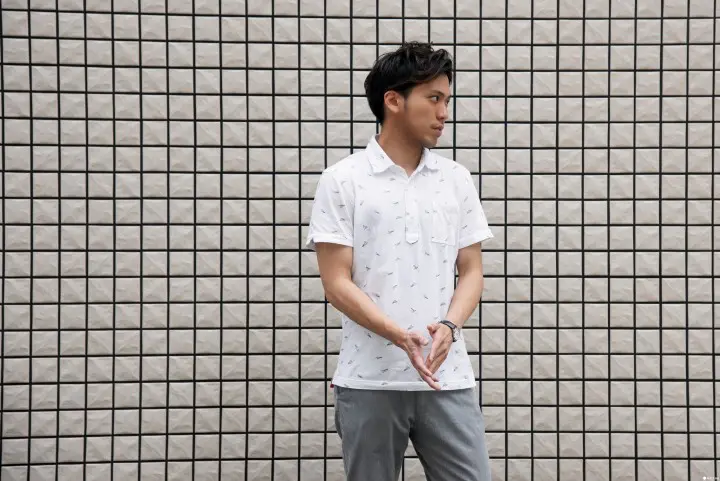
In Osaka, July brings hot and humid weather, making it essential to take sun protection measures to prevent heat exhaustion. Watch out for sunburn and heatstroke.
A loose-fitting dress made with breathable material would be ideal for handling the hotter weather.
Another comfortable option is cropped pants or rolling up trousers to cope with the heatwave.
August: Average of 29.9℃, High of 35.2℃, Low of 26.8℃

August is similar to July in terms of weather, and don’t be fooled by Japan’s higher latitude; summer in Japan is still hot and humid. This is especially true when using public transportation, where it can be quite uncomfortable. Wrapping a chilled towel around your neck should help stifle the humidity.
Be sure to choose clothing made from breathable material. A casual ensemble composed of a V-neck blouse, a pair of wide-leg shorts, and sandals will be stylish and comfortable for your travels.
Autumn in Osaka: September through November
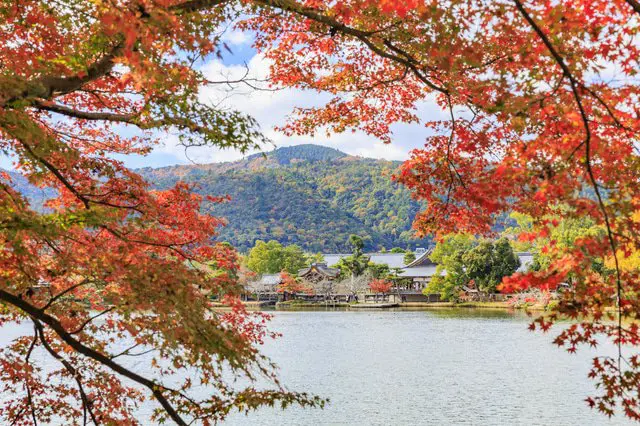
Autumn is the best season for travel in Japan, due to the pleasant temperatures around this time of the year. The Kansai region, including areas like Osaka, Kyoto, Nara, and Kobe, has consistently been a popular travel destination in autumn.
Visitors can experience the magic of autumn colors along with the vibrant shopping and entertainment of Osaka, the traditional charm of Kyoto and Nara, and the romantic night views of Kobe.
The weather in autumn is pleasant, with a low chance of rain, and there are plenty of delicious foods and beautiful sights, making it one of the best times to visit Japan. However, be cautious as September can still bring typhoons, so it's important to keep an eye on weather forecasts and not push your luck.
September: Average of 27.9℃, High of 32.5℃, Low of 24.8℃

The temperature still remains high in September in the Osaka - Kyoto area, so it's not uncommon to see locals wearing sandals. The clothing doesn't differ from August as most people continue to dress in light, short-sleeved shirts.
However, it will be cooler from late September and it might be chilly when it rains. Those who are not used to cool weather should bring a long-sleeved shirt or one with three-quarter sleeves.
Typhoons

During typhoon season, in addition to purchasing travel insurance, receiving accurate information is crucial when dealing with natural disasters. Refer to this MATCHA article to understand the typhoon information reported by Japanese news stations.
If you are aware in advance of an approaching typhoon, it is advisable to stay in your hotel and prepare supplies such as food and magazines. You can also ask the hotel if they have DVDs or other entertainment options to safely pass the time indoors during the typhoon.
October: Average of 19.3℃, High of 24℃, Low of 15.6℃
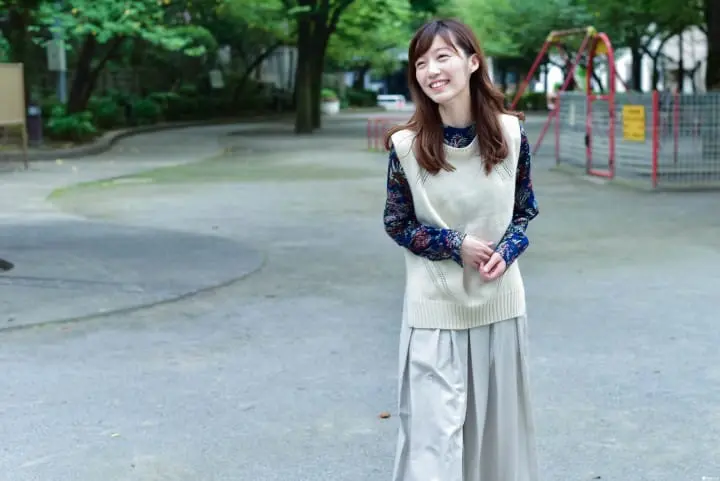
In October, the weather officially enters a delightful autumn season, with comfortable temperatures that are neither too hot nor too cold, making it the perfect time to mix and match outfits to express personal style.
An ensemble of wide-leg pants, a button-up shirt, and a knit vest would be both casual and practical. A light coat would be ideal to have when it gets chilly. The temperature variations between morning and evening can be quite high.
Read also
November: Average of 14.4℃, High of 18.9℃, Low of 10.5℃
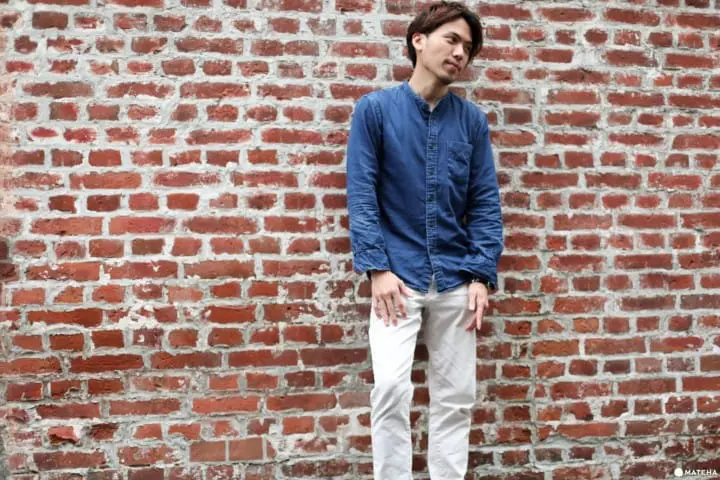
November is the most popular month to visit Kyoto due to the moderate weather and fantastic fall foliage. Although it feels refreshing on clear days, the temperature will drop on rainy days. Be sure to pack some light thermal undergarments for your trip.
For clothing choices, opt for versatile and comfortable shirts. If you're sensitive to cold, try to layer thermal tops underneath, and add a thicker jacket or a scarf to protect against the wind, making it easy to manage your travel attire.
Read also
Winter in Osaka: December through February

Photo by Pixta
In December, temperatures drop suddenly, making windproof and warm outerwear essential. Osaka, Kyoto, and Kobe have similar temperatures to Tokyo around this time of the year, with lows around 5 degrees.
Additionally, winter in Japan tends to be quite dry, so those who are sensitive to dry air should wear masks and bring lip balms and hand creams when in Japan during winter.
December: Average of 9.3℃, High of 13.6℃, Low of 5.6℃
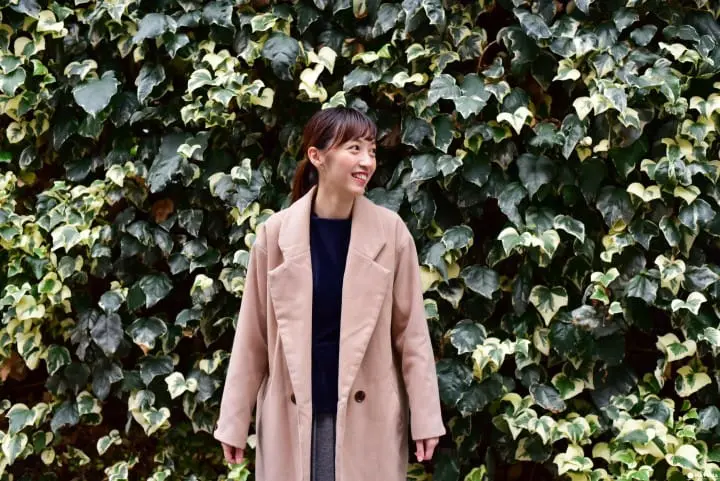
The temperature will drop steeply in December in the Osaka - Kyoto area so a warm coat is a must-have accessory. In addition, pack a warm scarf and heavy socks in your suitcase to repel cold wind.
Please note that there is a big difference between the indoor and outdoor temperatures due to heating. It's advised to dress in multiple layers so you can adjust your clothing as needed.
Be sure to add an extra layer of clothing when visiting Kyoto, as it will be considerably colder than Osaka.
Read also
January: Average of 6.5℃, High of 10.3℃, Low of 3.1℃

Multi-layered clothing can appear bulky, so it's recommended to pair thermal pants with tights in January. Add a heavy sweater and wool turtleneck to keep insulated against the brisk wind.
A military-style coat with a fur lining will provide warmth and add charming flair. A light down jacket is another recommended outerwear. With some simple winter accessories and clever combinations, you can stay warm without feeling overly heavy.
February: Average of 7℃, High of 11℃, Low of 3.7℃
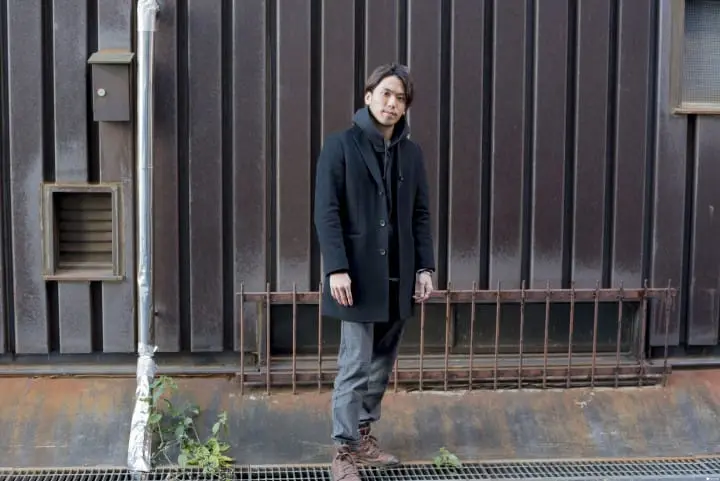
During February, bring your thickest, warmest clothes to Japan. A hooded parka lined with wool would be a casual addition to your winter wardrobe. Alternatively, a wool coat would further elevate a stylish outfit.
Those who aren't accustomed to colder climates should add an extra layer of thermal underwear.
Travel Comfortably in Osaka and Kyoto Year-Round
Choosing what to wear can be difficult when traveling to different climate zones. It's understandable for travelers to want to pack lightly and keep their baggage to a minimum.
When preparing to travel to Osaka and Kyoto region, use this article as a guide for selecting items that are suitable for the weather conditions.
The JNTO (Japan National Tourism Organization) site displays the weather and precipitation percentage of major Japanese cities. Be sure to check this in advance as the climate (including the temperature) differs in various areas.

































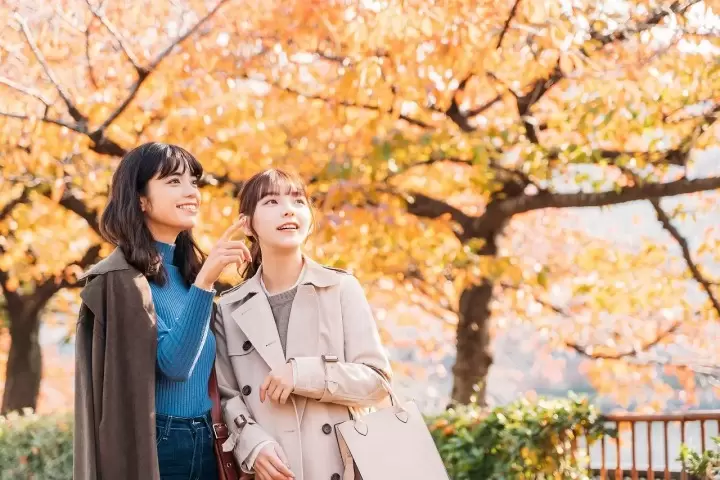































![[Coupon Available] Attention Overseas Winter Sports Fans! Nagano's Sports Depot Has Evolved](https://resources.matcha-jp.com/resize/720x2000/2026/01/05-254819.webp)